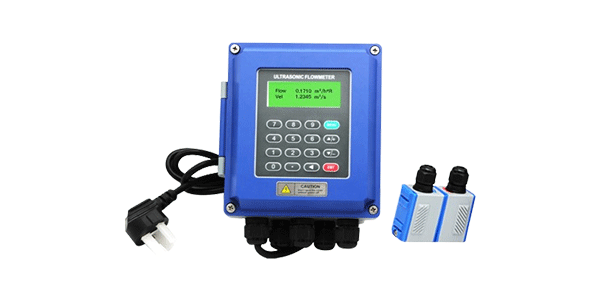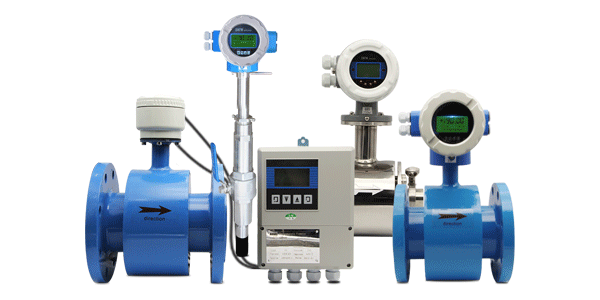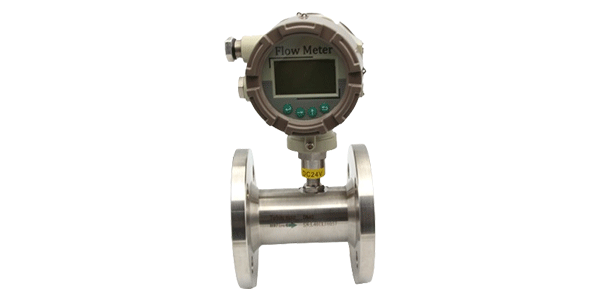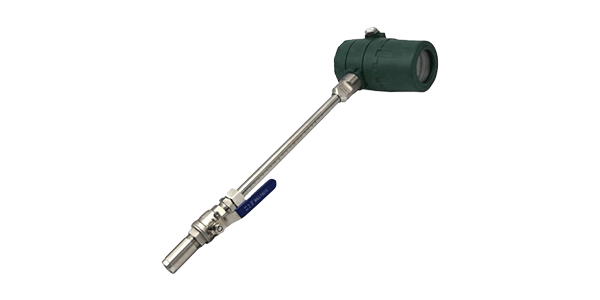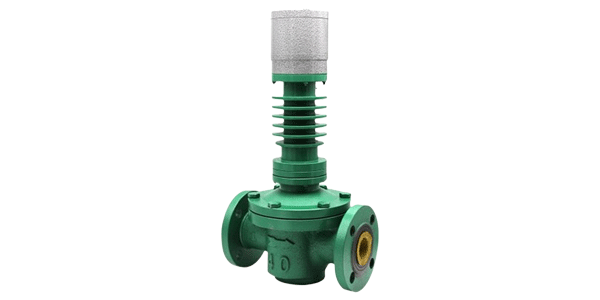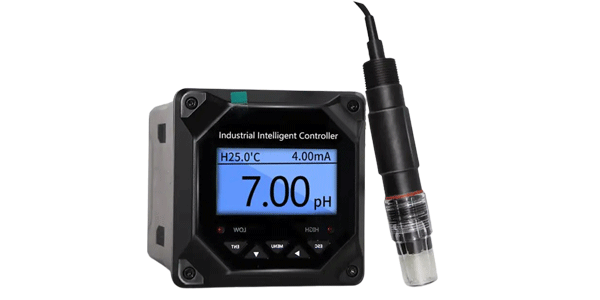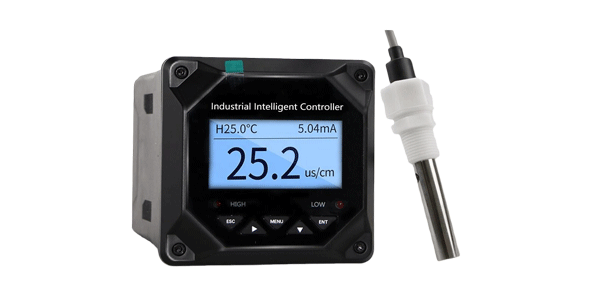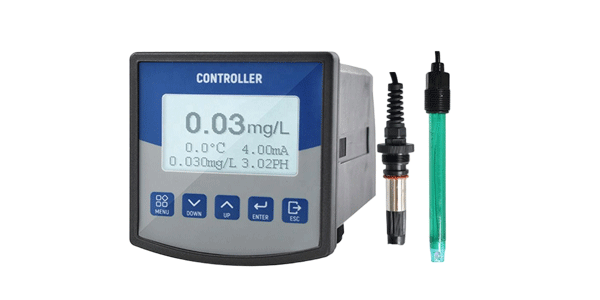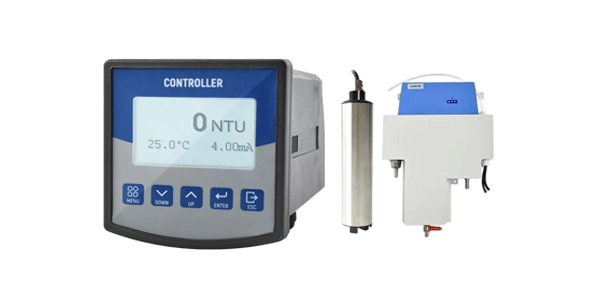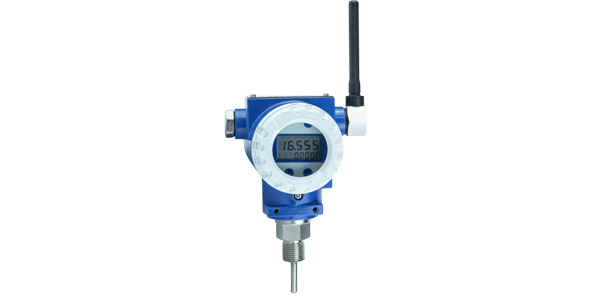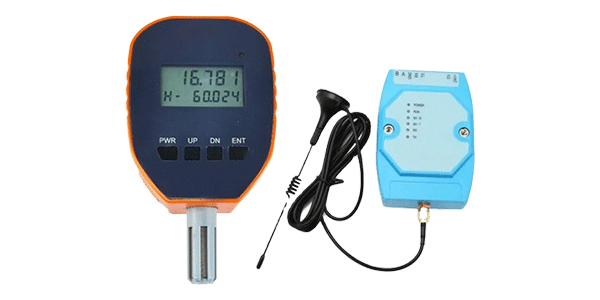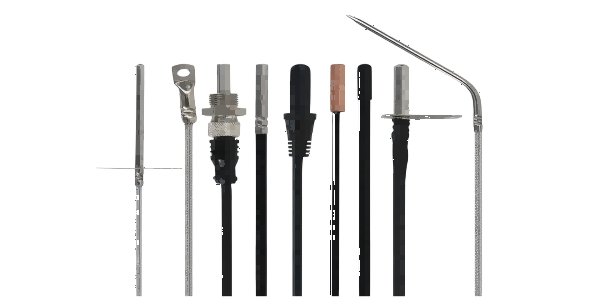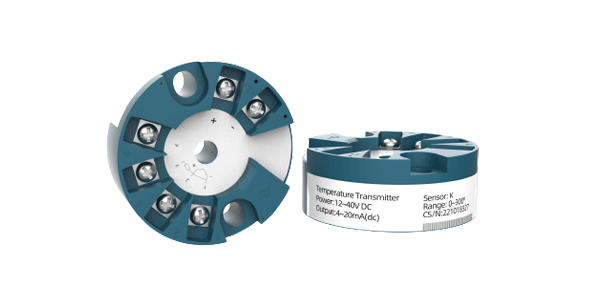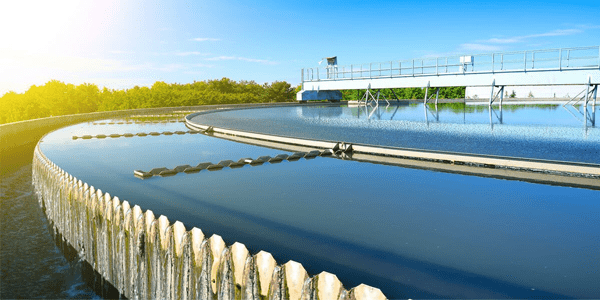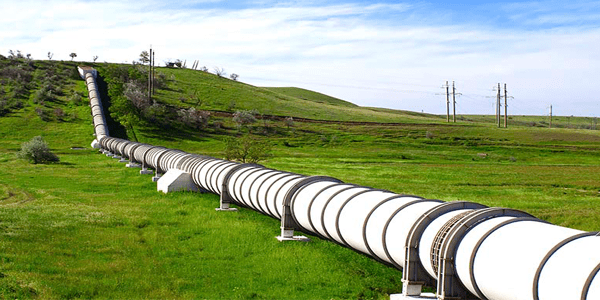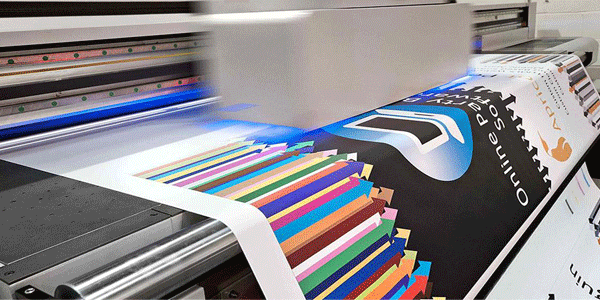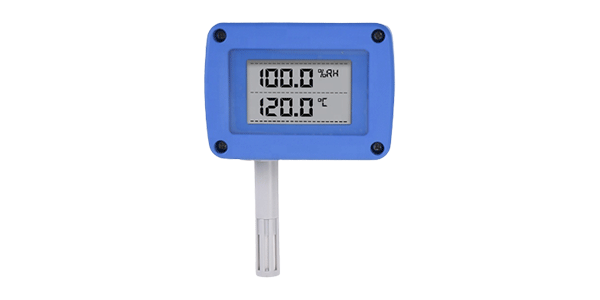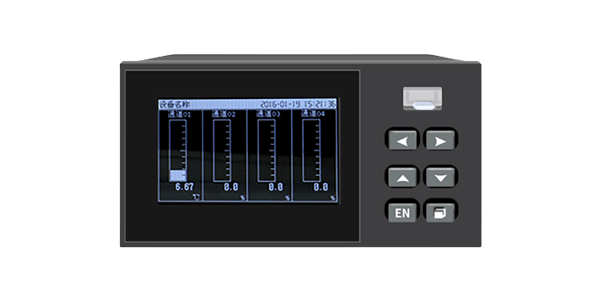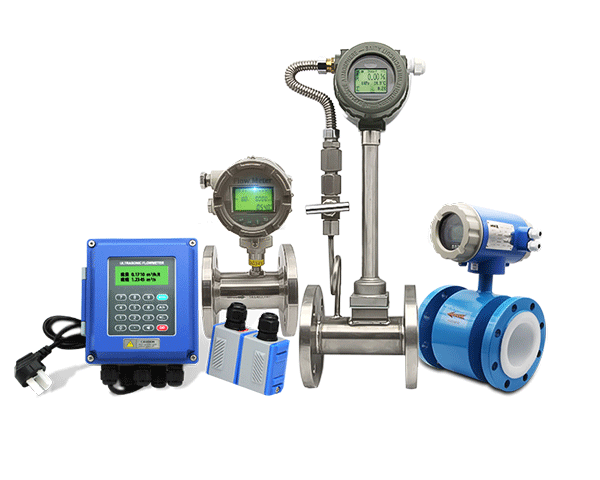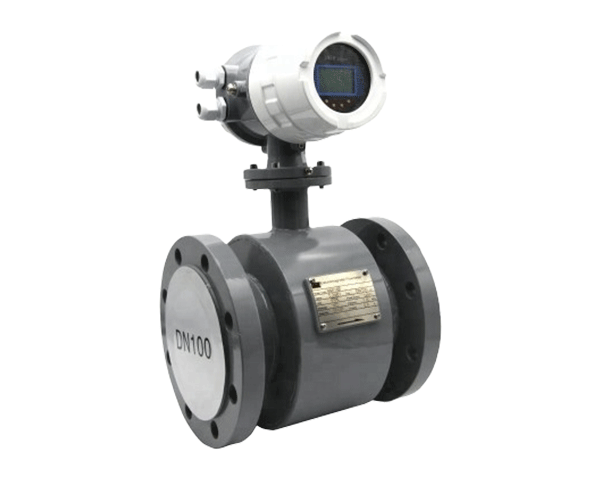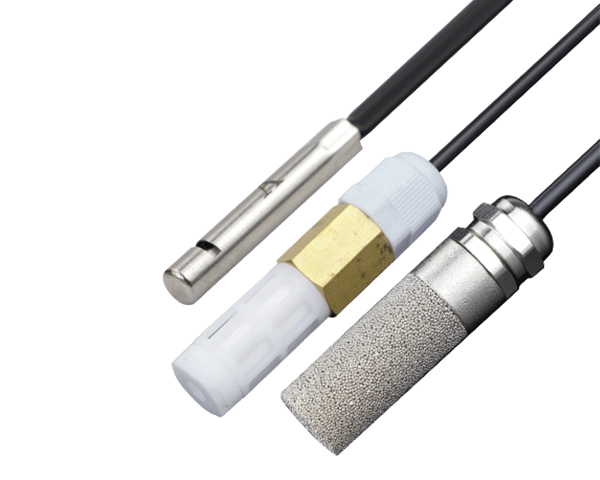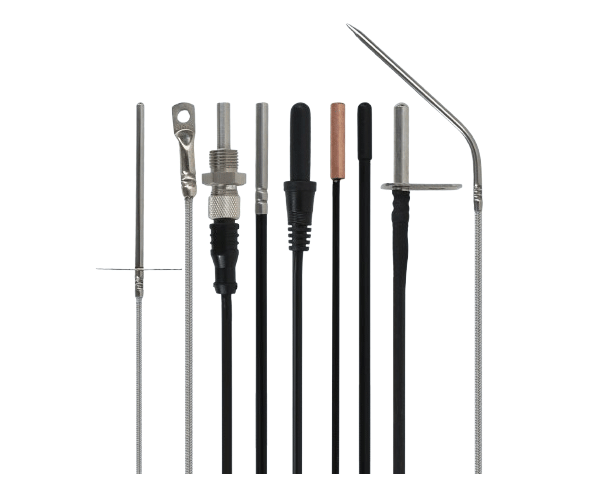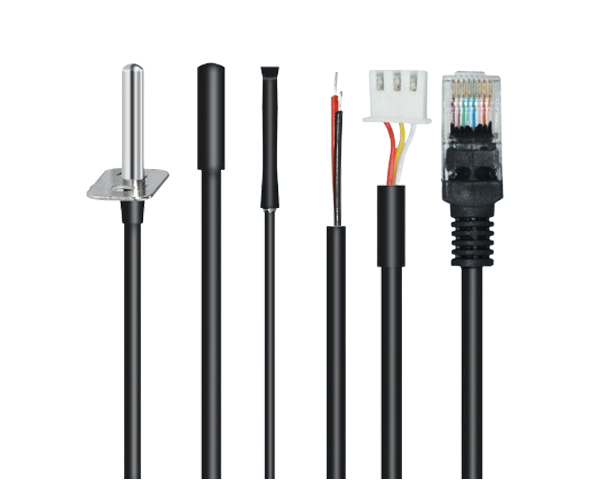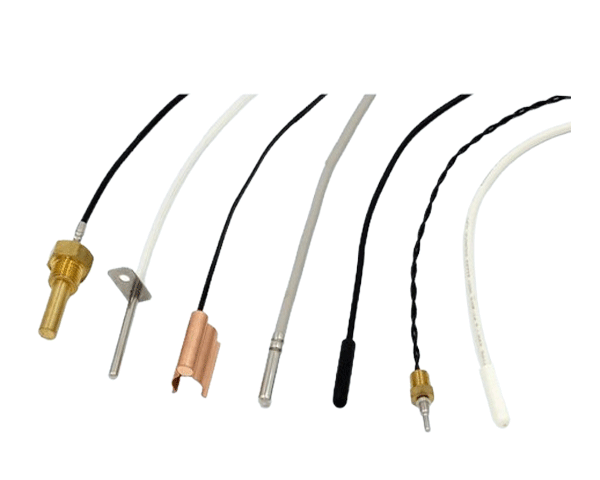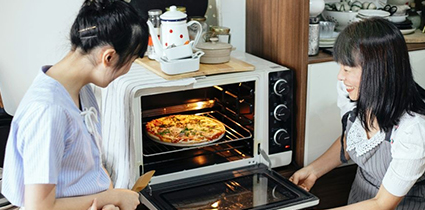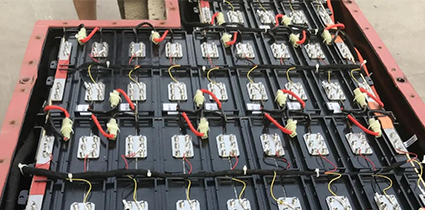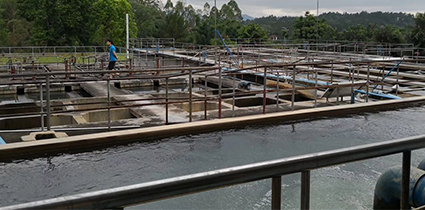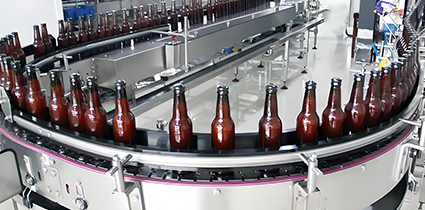Your Guide to a Smarter, Healthier Poultry Farm
Thinking about how to boost your poultry farm's productivity and animal welfare simultaneously? The secret often lies in the environment inside your barns. This guide will walk you through the critical environmental factors that impact your flock's health and performance. You will learn about the essential monitoring indicators like temperature, humidity, and harmful gases, understand how an automated environmental monitoring system can save you time and money, and get answers to the most common questions about creating the ideal conditions for your poultry.
Why Environmental Monitoring is a Game-Changer in Poultry Farming
Poultry farming goes beyond just providing feed and water. The interior environment of your chicken houses plays a pivotal role in determining the health, growth rate, and overall productivity of your flock. Environmental monitoring involves the continuous tracking of key parameters like temperature, humidity, and gas levels.
By actively managing these conditions, you can directly promote healthier growth, prevent disease outbreaks, improve feed conversion rates, and ensure better food safety outcomes. This proactive approach not only safeguards your investment but also leads to significant savings on energy and veterinary costs, making your operation more efficient and sustainable.
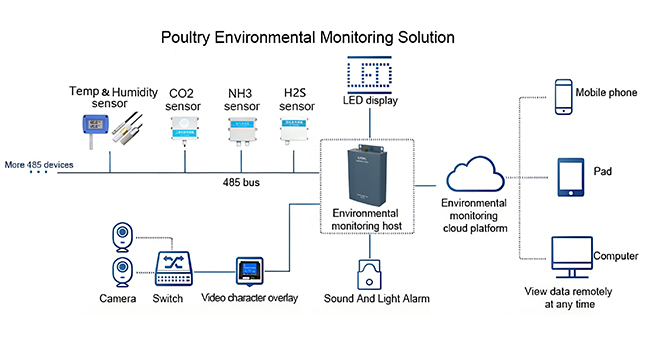
Core Environmental Indicators to Watch in Your Poultry House
To effectively manage your farm's environment, you need to know what to track. Here are the most critical indicators that demand your attention.
1. Temperature
Maintaining the correct temperature is fundamental for poultry, as they are highly sensitive to thermal stress.
Why it Matters: An optimal temperature range is crucial for normal development. If it's too high, birds suffer from heat stress, leading to rapid breathing, reduced feed intake, and slower growth, which can be fatal in severe cases. If it's too low, their growth rate is hampered, and they use more energy to stay warm, drastically reducing your feed conversion rate.
2. Humidity
Humidity levels directly affect how birds perceive temperature and the health of their respiratory systems.
Why it Matters: High humidity creates a damp environment that encourages the growth of bacteria, mold, and parasites, increasing the risk of respiratory and skin diseases. It also makes it harder for birds to cool themselves through panting, worsening heat stress. Consistently low humidity, on the other hand, can dry out respiratory passages and lead to dust issues.
3. Carbon Dioxide (CO2)
CO2 levels are a primary indicator of air quality and ventilation effectiveness in your barn.
Why it Matters: High concentrations of CO2 indicate poor ventilation and cause oxygen deprivation. This will make your flock lethargic and reduce their feed consumption. Long-term exposure to high CO2 levels compromises their immune systems and overall health, leaving them vulnerable to other diseases.
4. Ammonia (NH3)
Ammonia is a potent gas released from the breakdown of uric acid in poultry manure.
Why it Matters: Ammonia irritates the respiratory tract, damaging the delicate lining and cilia that protect birds from infection. This makes them highly susceptible to chronic respiratory diseases. Long-term exposure, even to low levels, suppresses their immune system and reduces overall performance, impacting your bottom line.
5. Hydrogen Sulfide (H2S)
This highly toxic gas is produced when manure and other sulfur-containing materials decompose, typically in damp, low-oxygen conditions.
Why it Matters: Even at low concentrations, H2S can cause weakness and sickness. At high levels, it is rapidly fatal, causing symptoms like difficulty breathing, nervous disorders, and suffocation. Continuous exposure to lower levels will slow growth and severely impact production performance.
Implementing a Poultry Farming Environmental Monitoring System
Modern technology allows you to move from manual checks to a fully integrated, intelligent monitoring system. Here's how it works:
A comprehensive system uses sensors placed throughout your poultry houses to collect real-time data on all the key parameters mentioned above. This data is then transmitted via reliable methods like RS485 cables or wireless modules to a central computer or a cloud-based platform you can access from anywhere.
The true power of this system lies in automation. It can be connected through relays to control your barn's equipment automatically. For example:
-
If the temperature rises, the system can turn on ventilation fans.
-
If humidity is high, it can activate heating elements to lower it.
-
If NH3 levels increase, it can trigger additional exhaust fans.
This creates a closed-loop system that maintains optimal conditions 24/7, leading to unattended intelligent management. The benefits are clear: reduced manual labor, lower operational costs, prevention of losses through early alarm systems, and a significant increase in breeding output.
Frequently Asked Questions (FAQ)
What is the most dangerous gas in a poultry house?
While both are dangerous, Hydrogen Sulfide (H2S) is considered the most immediately toxic. It can cause rapid death at high concentrations. Ammonia (NH3), however, is more common and poses a significant chronic threat by constantly damaging the birds' respiratory health and immune systems over time.
How often should I calibrate my environmental sensors?
For accurate readings, it's recommended to calibrate your sensors at least once every six months. However, you should always follow the manufacturer's specific guidelines, and more frequent calibration (e.g., quarterly) may be necessary for critical sensors like ammonia detectors or in dusty environments.
Can I remotely monitor my poultry farm?
Absolutely. Modern wireless environmental monitoring systems use cellular or LPWAN networks to send data to a secure cloud platform. This allows you to view real-time conditions, receive alarm alerts on your phone, and even adjust setpoints from anywhere in the world, giving you complete peace of mind.
What is the ideal temperature and humidity for broiler chickens?
The ideal temperature and humidity change as birds grow. For day-old chicks, the temperature should be around 90-95°F (32-35°C) with relative humidity of 50-60%. This temperature is gradually reduced by about 5°F per week until it reaches around 70°F (21°C). Humidity should generally be maintained between 50-70% to prevent respiratory issues and litter caking.
How does proper ventilation help control ammonia levels?
Proper ventilation is the primary method for controlling ammonia. By exchanging the moist, ammonia-laden air inside the house with fresh, drier outside air, you achieve two things:
-
You physically remove the ammonia gas from the environment.
-
You help dry out the litter (bedding), which slows down the microbial activity that produces ammonia in the first place. Good ventilation management is essential for both air quality and litter management.
